Prunella vulgaris
A European plant with purple flower heads found along roadsides
Prunella vulgaris common selfheal
This perennial European is a member of the mint family that was introduced to America as a medicinal herb at an early date. It is now found throughout North America except for the Arctic. It is a low or creeping plant with paired, variable, ovate leaves that may or may not have teeth. These leaves are 1-3 inches long, are hairy, and may have red tips. Like most mints this species has a square stem. The ½ inch flowers are violet and have 2-lobed broad upper lip that is in the form of a hood. The drooping lower lip is deeply 2-lobed with a fringed lower lip. There are greenish, overlapping, hairy bracts beneath the flowers. The flowers are densely clustered in a square or oblong spike and emerge between the bracts. Flower color may vary from violet-blue to pink and even white. Bract color may be brow or shades of red or green.
The plant grows 3-12 inches high and is found along roads, in lawns and on waste ground. The horizontal stems can grow roots and allow the plant to form connected colonies. The common name of the plant is derived from the plant’s wide use as an herbal remedy for throat ailments, as a general healing agent and for digestive disorders. Research has demonstrated that the plant has some antibacterial effects. Most studies, however, have been done on animals or in culture rather than in human populations. The plant is edible and can be boiled as a potherb or eaten in a salad. The upper parts of the plant can be made into a tea or powdered and brewed in a cold infusion to make a tasty beverage. As with all untested herbal remedies, care should be taken not to avoid proven medical treatments for serious ailments and to be alert for allergic effects.
There is a variety or adaptive state of healall that develops flowers when the plant is only two inches high that is a common lawn weed. Healall has a long blooming period from May to September. It is also called selfheal, blue curls, carpenter’s herb, woundwort, and heart-of-the-Earth.
Habitat & Range
Grows in meadows, fields, and shores of streams.
Present throughout the state.
| EMP: | FACU |
|---|---|
| NCNE: | FAC |
Phenology
Flowers May through early October.
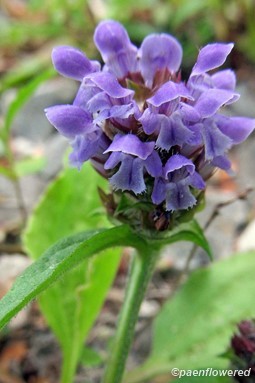
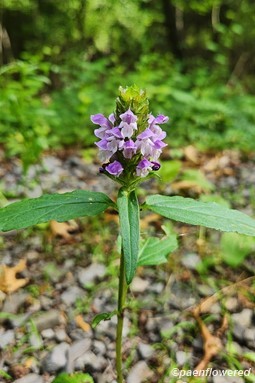



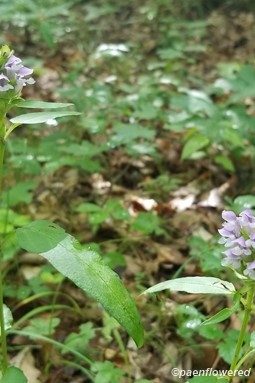
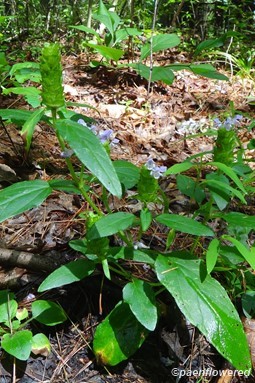
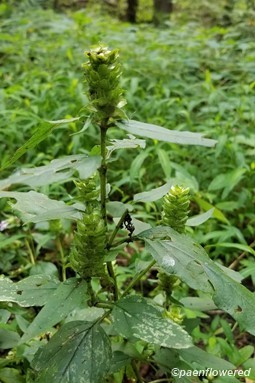


Comments
Have you spotted this plant in your area? We'd love to hear about your experience! Share your comments or questions about the plant below. Comments are moderated before posting.